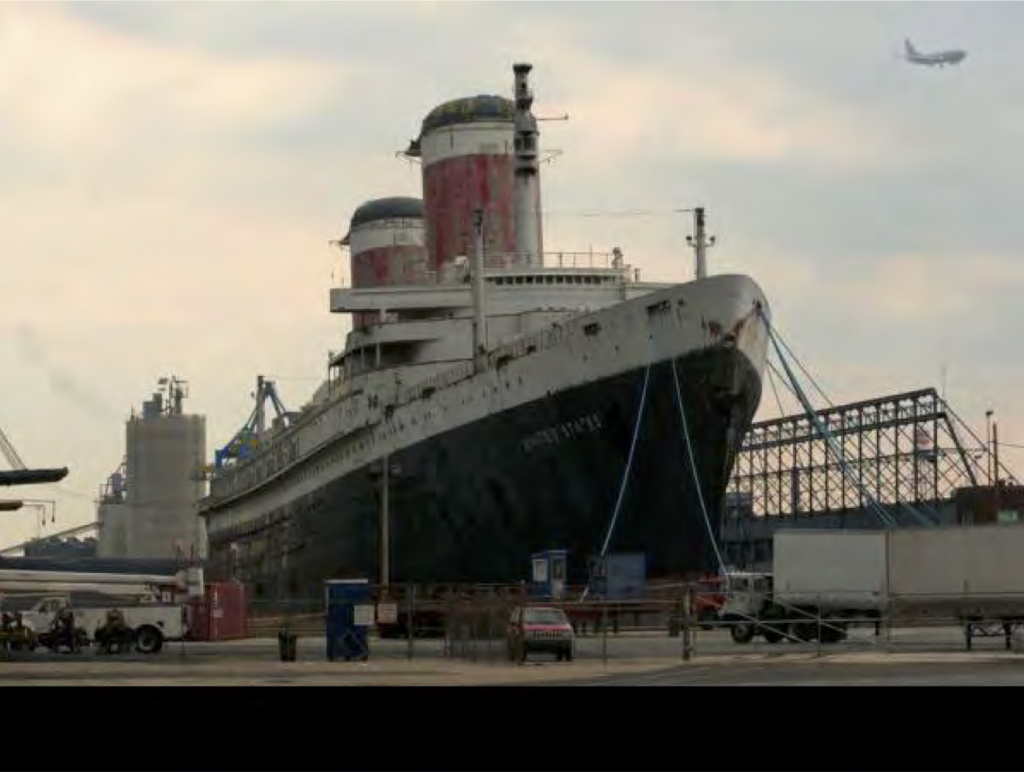
‘Obstructionist’: Tensions flare over U.S. Coast Guard’s handling of SS United States
| January 21, 2025
It was not just stormy weather that delayed the planned departure of the SS United States from its Philadelphia pier in November: Okaloosa County, Fla., the new owners of the famed ocean liner, also had a stormy relationship with the U.S. Coast Guard, records reveal.
County officials groused that the Coast Guard was foot-dragging, with one consultant accusing it of being “obstructionist,” hundreds of emails Delaware Currents secured through a public records request show.
The departure of the heralded ocean liner, which is destined to be sunk as the world’s largest artificial reef off the coast of Florida, has drawn worldwide, intense attention from shipping enthusiasts, fans of the 990-foot vessel and the news media.
A departure set for mid-November was suddenly scuttled, partly out of concerns for a storm developing in the Gulf of Mexico. But as time dragged on, and no new date was set, it raised questions about why.
The hurdle was getting Coast Guard permits to move the SS United States from its longtime home at Pier 82 to make a 14-day journey to its first stop in Mobile, Ala., where it would be remediated of hazardous materials and prepared for sinking.
However, the emails paint a picture of a surprising stop-and-start process in which county officials complained of unexpected demands.

‘Very unprofessional’
As late as Oct. 30 — roughly two weeks before its planned departure — it appeared to be smooth sailing ahead.
“The Captain of the Port and team visited the vessel yesterday morning. Everything went well and they are taking all of the inspection data to make their decision in the near future,” reads one email from Alex Fogg, Okaloosa County’s natural resources chief, and the point person on the project. “We informed the USCG that we plan to leave on Nov 11 or 12 and they have not indicated that would be an issue.”
However, a little more than a week after its departure was delayed, a “Captain of the Port Order” dated Nov. 20, signed by K.F. Higgins-Bloom, captain of the port for Sector Delaware Bay, made clear the ship was not going anywhere and outlined in austere language the steps needed to come into compliance before it could be moved.
Two days after that order, a call with the Coast Guard left county officials and one of its consultants fuming.
“Just finished the call. The U.S. Coast Guard is being very obstructionist,” Rik F. van Hemmen, the president of Martin, Ottaway, van Hemmen & Dolan, a marine consulting firm, wrote in an email.
He added: “I am old and suffer fools less easily. I had to hold back. That guy was very unprofessional. That is what happens: 80% of USCG wants to help and then there are the 20% that have some type of complex. We hit a 20 percenter.”
Fogg replied: “You handled that call well. I was shocked with the attitude of the USCG. Thanks for pushing them on this and hopefully we can get them ‘on board.’”
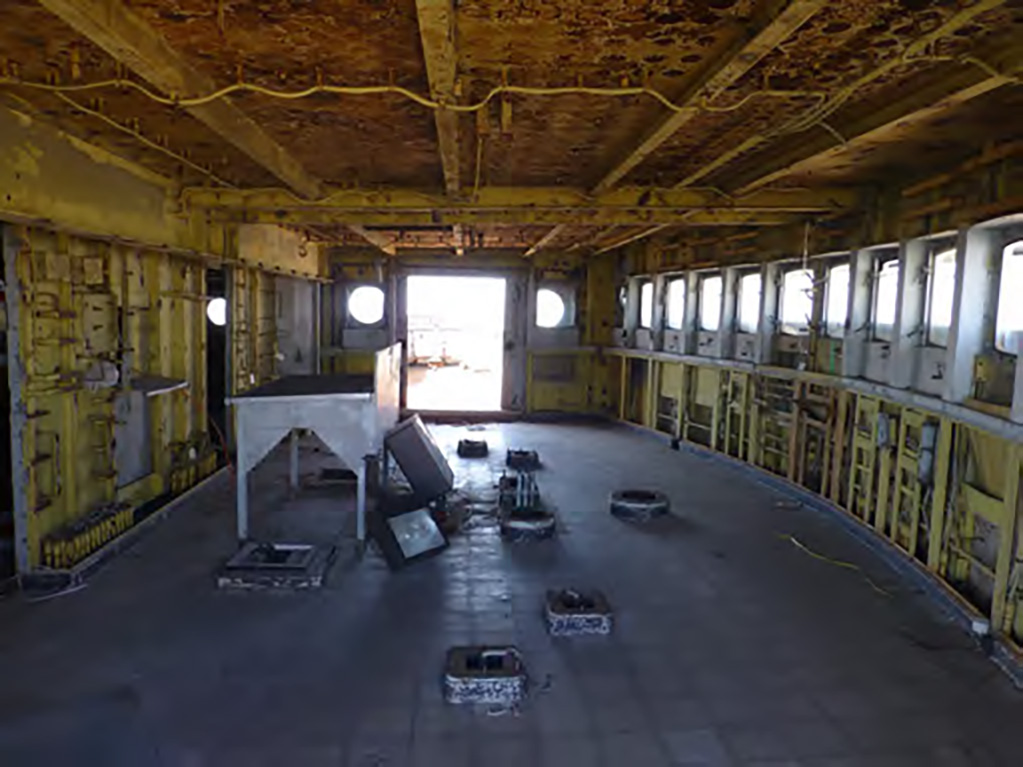
Complaints of “moving target”
County records show that the bulk of the concerns raised by the Coast Guard focused on a lack of updated information about the vessel’s center of gravity, an essential metric for determining stability.
“This lack of certainty is due to thousands of tons of material being removed throughout the vessel, over the years which shifts its center of gravity,” Fogg wrote in a Dec. 13 email in which he complained of “plenty of inaccurate and triggering media over the last few weeks.”
The county enlisted a Philadelphia-based naval architectural firm, Martin & Ottaway, which met on Nov. 22 with the Coast Guard’s Salvage Engineering Response Team.
“The SERT team provided little support and limited guidance for the requested analysis,” Fogg wrote after the meeting.
In a Dec. 4, email, Fogg referenced a forthcoming evaluation report and said, “Hopefully once the report is complete, the USCG review will be swift and we can stop with the false starts.”
In another email, Fogg, said, “The U.S. Coast Guard has requested significantly more due diligence than any other project to date.”
An updated stability report was produced on Dec. 6, and the county and its consultants met with Coast Guard and SERT staffers on Dec. 10.
“The USCG and SERT teams were not satisfied with the findings and requested additional quantitative analysis be conducted to include data from a weight shift test achieved by moving thousands of gallons of water from one side of the vessel to the other,” Fogg wrote. “At this meeting, additional requests and concerns were brought up for the first time. Okaloosa County and Martin & Ottaway, Inc. requested a specific list of items to be addressed and voiced concern with the constantly moving ‘target.’”
Van Hemmen did not respond to an email for comment. In response to questions to Fogg, a county spokesman, Nick Tomecek, wrote that the process of moving the SS United States from Philadelphia “includes working in partnership with the U.S. Coast Guard and other entities to ensure the safety of everyone involved.”
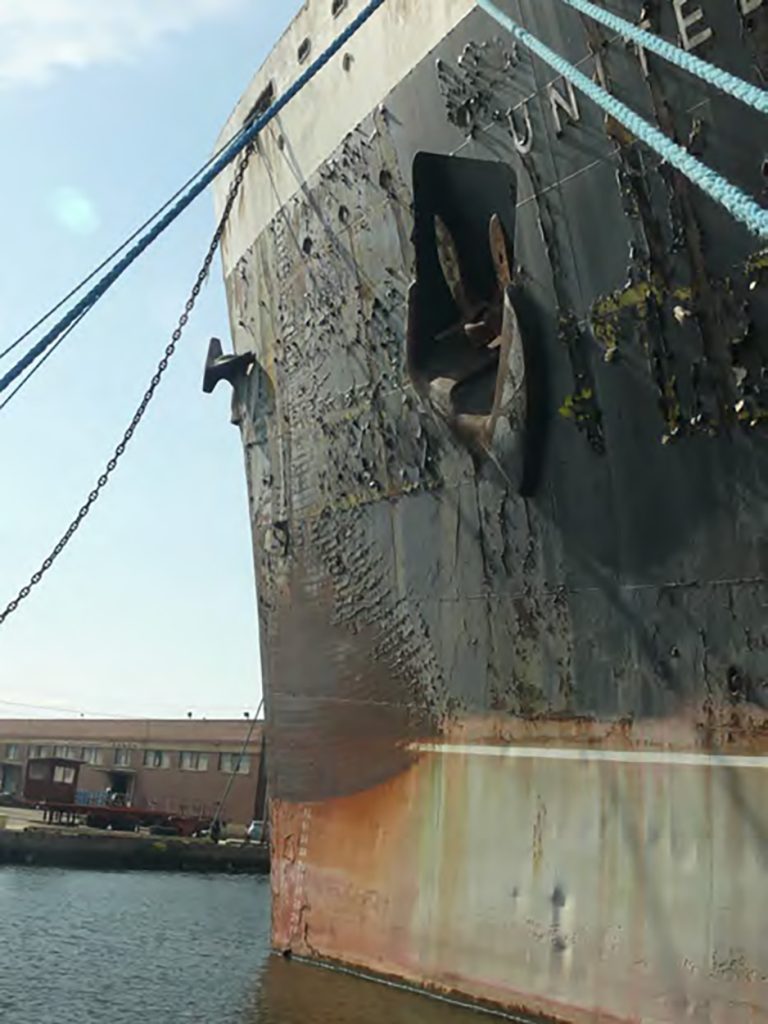
The email continued: “Okaloosa County recently hired a naval architect/engineer to conduct stability tests, which are now complete. The data from the tests was submitted to the Coast Guard for review and they have accepted the results. The next step is to continue our positive working relationship with the Coast Guard and other agencies to complete a tow plan.”
In an email, a Coast Guard spokesman, Petty Officer First Class Matthew West, described Sector Delaware Bay as “a supportive and forward leaning partner” since Okaloosa County bought the SS United States.
“We have acted on all requests related to this project in a timely and transparent manner, working closely with Okaloosa County to address any concerns as they arose,” the email added. “We remain committed to supporting a safe and well-coordinated transit plan for the SS United States, from its current location in Philadelphia, Pa., to Mobile, Ala.”
A bit of good news
The Coast Guard is scheduled to do a walk-through of the vessel today, according to county records.
The vessel’s departure depends on tides and weather, so the earliest it would leave would be in late January or early February, contingent on the Coast Guard’s final sign-off, according to a Fogg email. Tomecek said last week that a departure date had not been set.
A weight test was successfully completed on Christmas Eve, as members of the Coast Guard and county consultants were on board the SS United States. In a Jan. 2, email, Fogg noted that responses to the Coast Guard and a revised tow plan were sent on New Year’s Eve.
“It paints an obvious picture that the boat is good to go and we are ready!” he wrote.

Preparing for contingencies
Weather and emergency responses are among the many concerns of moving the ship.
The Vinik No. 6 will be the lead tug boat among half a dozen tugs boat but as many as 15 tugs will be on call while the ship is in transit to help in case of an emergency, county records show.
Fogg emphasized that the project was still within its roughly $10 million approved budget and that the ship was on track to be sunk in late 2025 to make it a scuba diving and fishing destination that would benefit the local economy.
In a Dec. 31 email, Fogg noted, “To say this project has been a challenge is putting it lightly.”
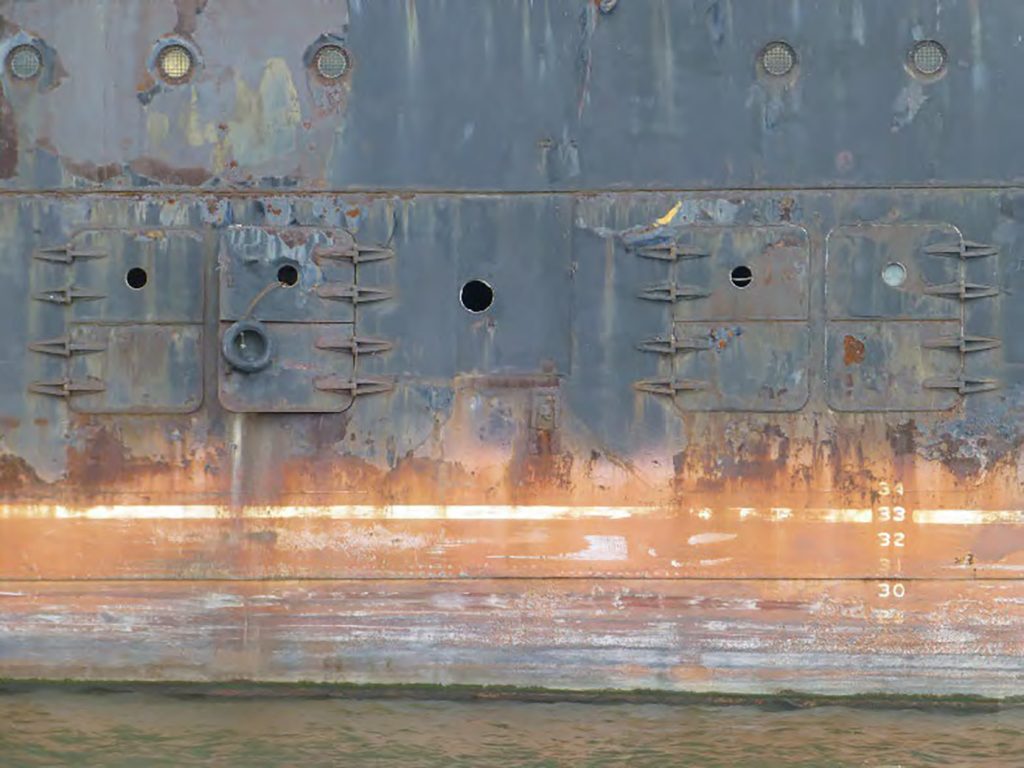



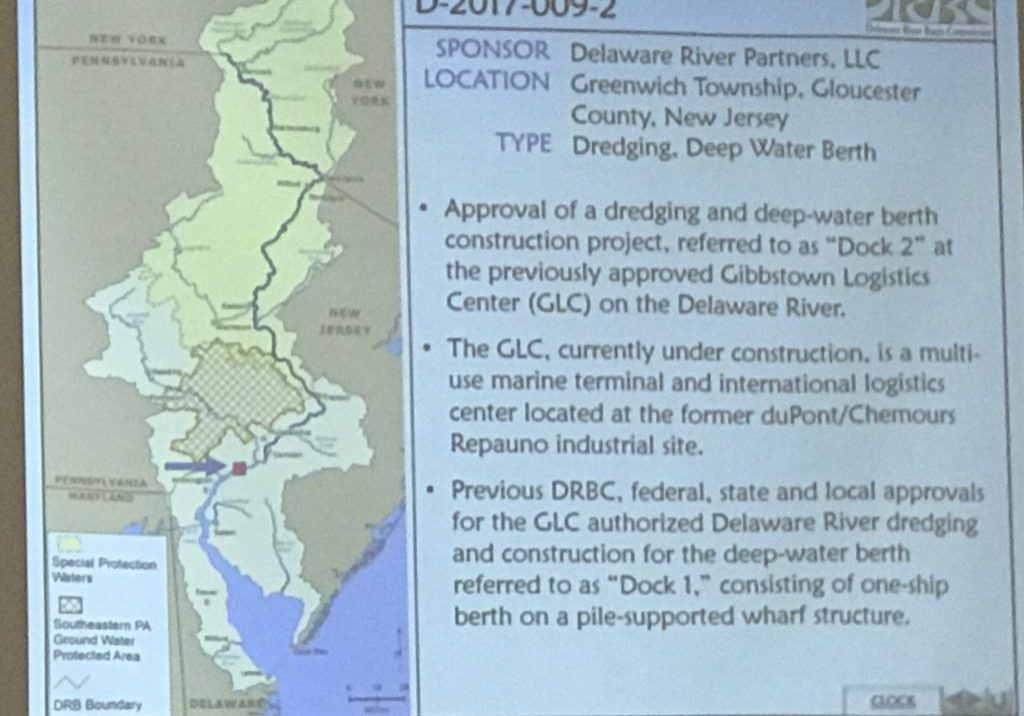

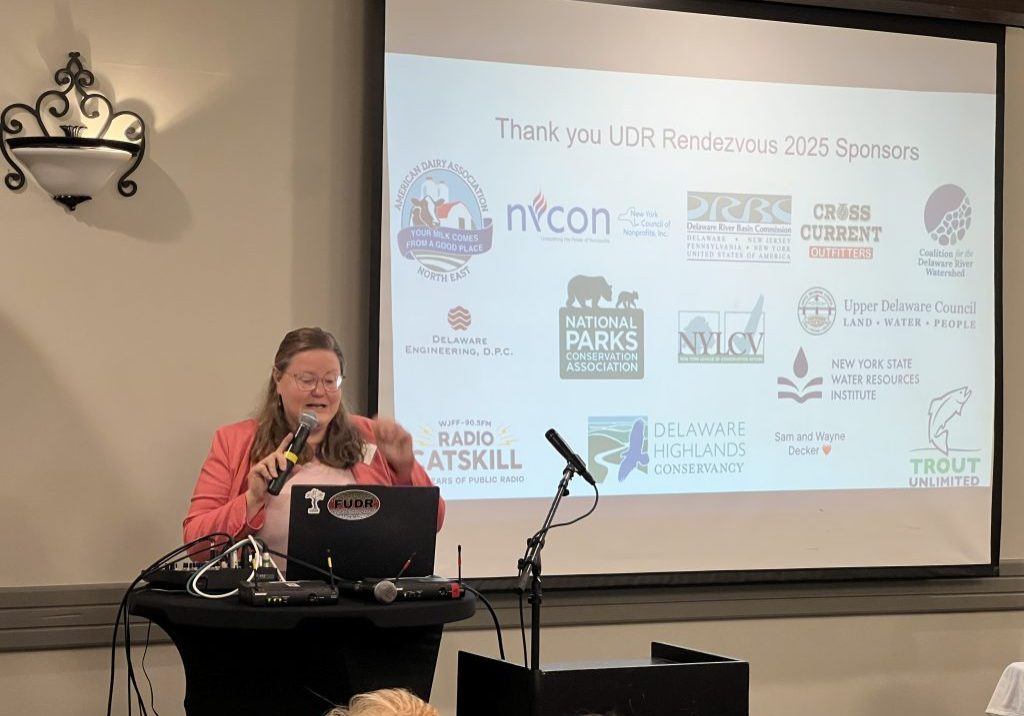

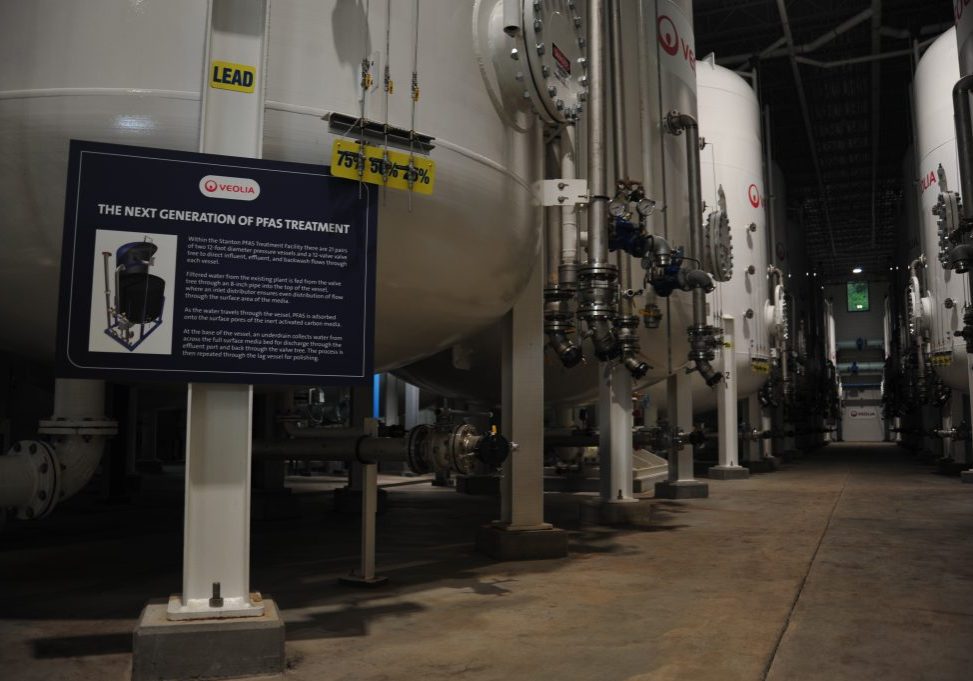
Save the SS United States. It is our glory and history. My father a retired NYPD was Master at Arms on the shake down cruse and maiden voyage
Please to all who are concerned. Please keep NAMING the ones who are screwing this up arenamedamd MADE to answer as to why . This is where so much money goes to waste in things the government do because some jerk wants to show his power.
Please to all who are concerned. Please keep NAMING the ones who are screwing this up are named and MADE to answer as to why . This is where so much money goes to waste in things the government do because some jerk wants to show his power.
Will Florida pay if something happens to her on the journey ?
It would be great that a air tight location (filled with air) could be adapted for observation and safety equipment (extra air tanks, food, water and first aid equipment). One or more rooms could be rented out (B & B of sorts) . Makes more money for future ships. Could be used for scientific and U.S. security.
Will there be a museum built as agreed by the conservancy and new owners will the remove the funnels to be added as well. Thank you
Just a small correction: it’s Gulf of America now vice Gulf of Mexico. Great article.
I get why the ship must go beneath the waves, be a great place for a new reef to attach too. I don’t understand what is taking so long
I am hoping that the coast guard sees the potential this great ship has as an attraction above water and it’s rich history to share and to learn for all to enjoy.
There are a lot of issues to make this happen.
I worked aboard the ship as Assistant Social Directress when she was retired in 1969 and am sad to see the demise of this great lady. She deserves better.
So sad that the best idea for this record breaking ship of American pride and history is to be sunk. Why can’t it be used as floating office space in New York city or floating affordable housing?
Hey musk or bezos, buy this thing and make it into a personal yacht and restore it, how cool would that be?!
Why is everyone so intent on seeing our nation’s flagship to a watery grave? Why do we have a British ship as a museum …. but not our flagship. Very sad indeed.
I hope someone does a feature on the heroic tug operator, VINIK MARINE and the crew of VINIK NO 6, who are acting as ‘pallbearers’ for the still beautiful SS United States as she makes her way to her watery grave. What must it be like to tow this magnificent symbol of our country to its final end?
And to Capt. Mike Vinik: please be careful with this glorious national treasure—she is the last of her kind and we will never see naval architecture as beautiful as Mr Gibb’s iconic design again in maritime history.